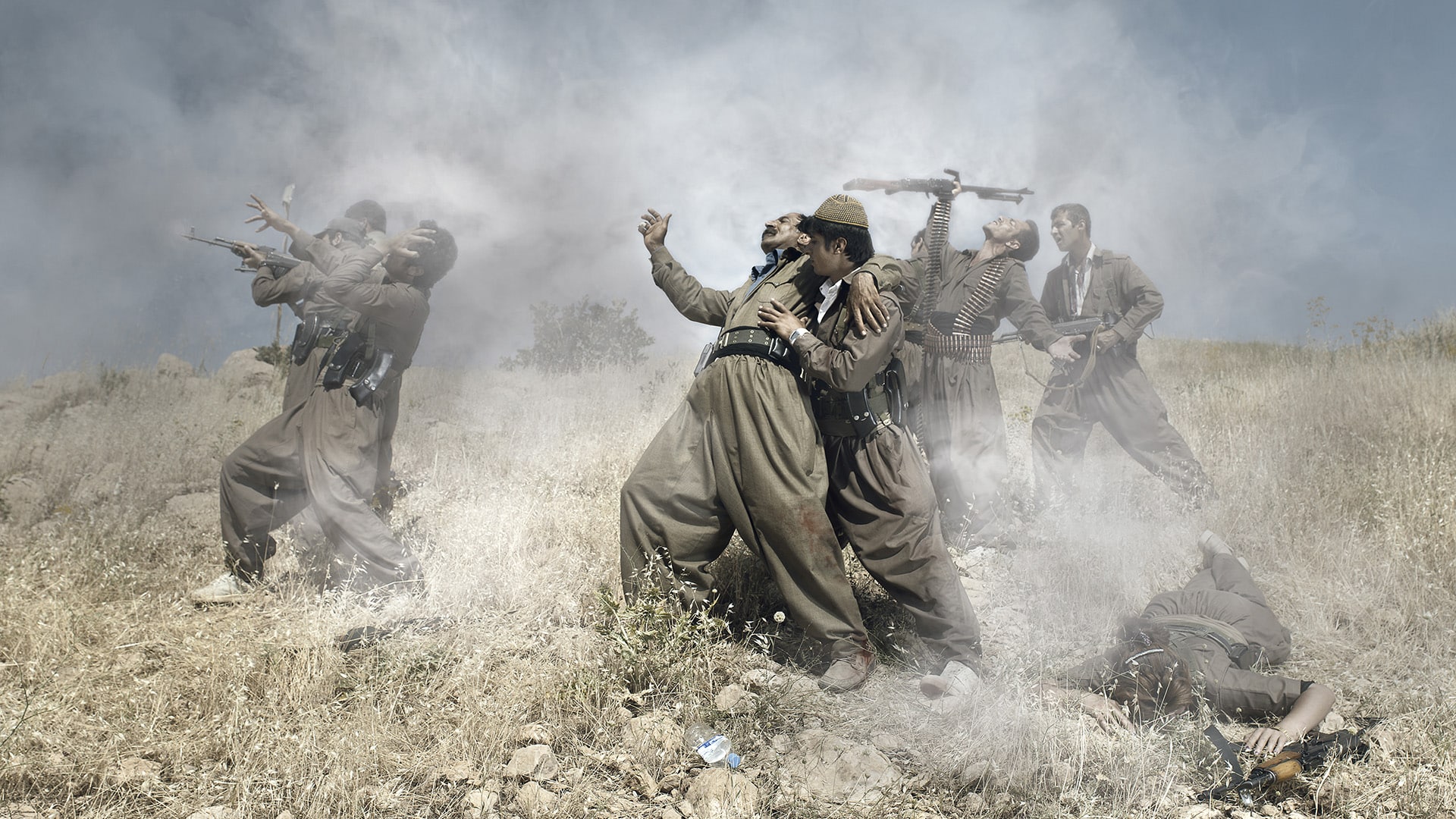For over fifteen years, Emeric Lhuisset has carried out analysis and reflection on conflict-ridden territories and broad geopolitical issues. For the fiftieth anniversary of the Rencontres d’Arles, he presents an original series entitled Quand les nuages parleront [If Clouds Could Talk]. We present this interview with the artist who sheds light on the disappearance of a place, a culture, and a people.

You’re getting blind.
Don’t miss the best of visual arts. Subscribe for $9 per month or $108 $90 per year.
Already suscribed ?



